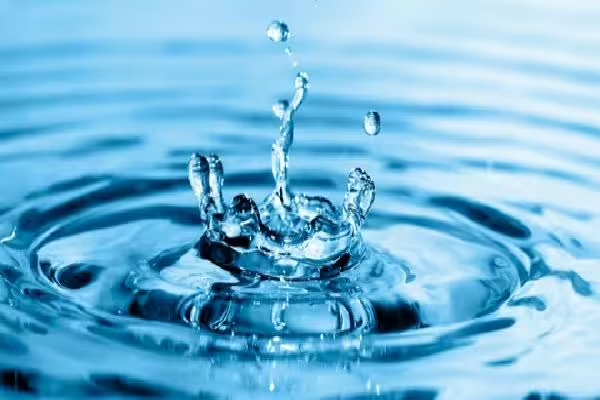There are several fruits that contain a lot of water: - strawberries, which contain approximately 92% of water. - The melons, which contain approximately 90% of water. - Wetsters, which contain approximately 92% of water. - Oranges, which contain around 88% of water. - Apples, which contain about 84% of water. - Cherries, which contain around 89% of water. - The grapes, which contain around 80% of water. - Pineapple, which contain approximately 87% of water. - Kiwis, which contain about 84% of water. - Pears, which contain approximately 84% water.
